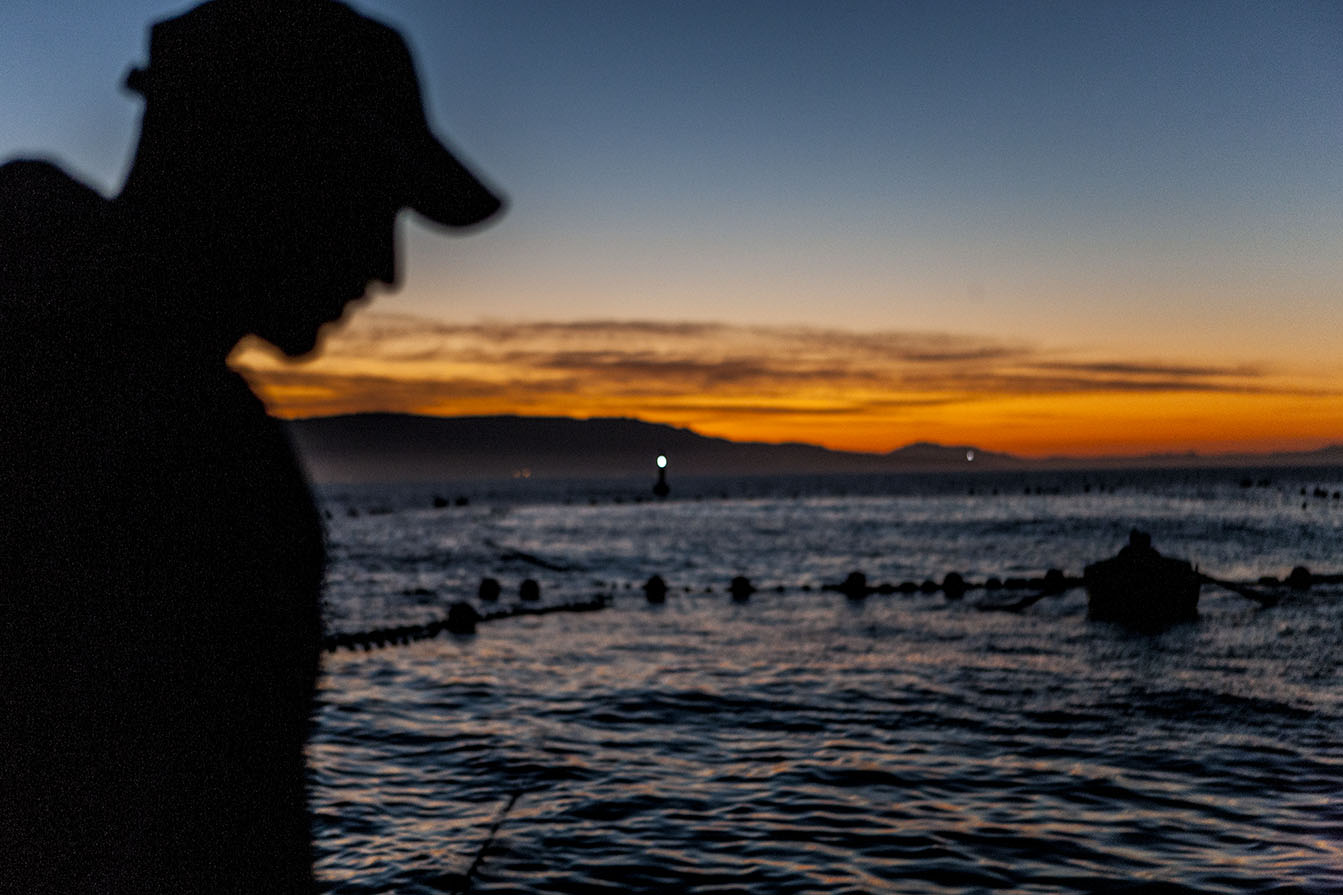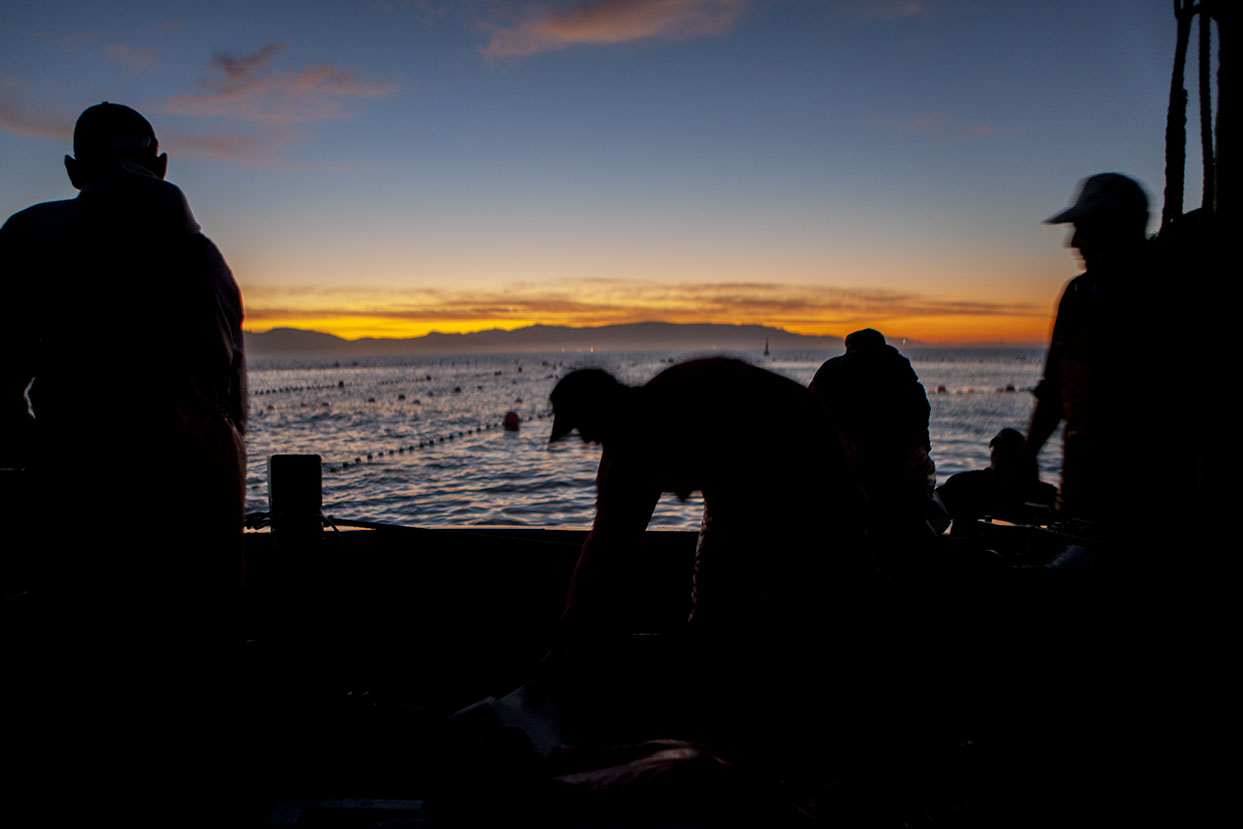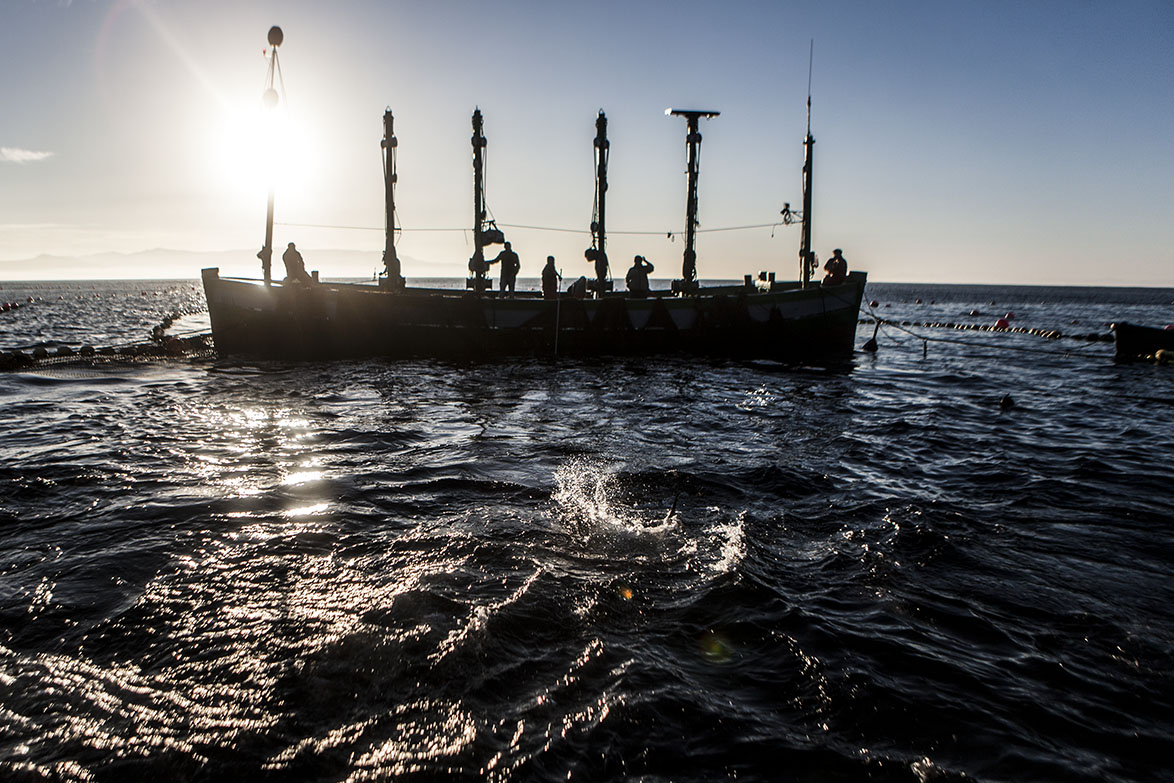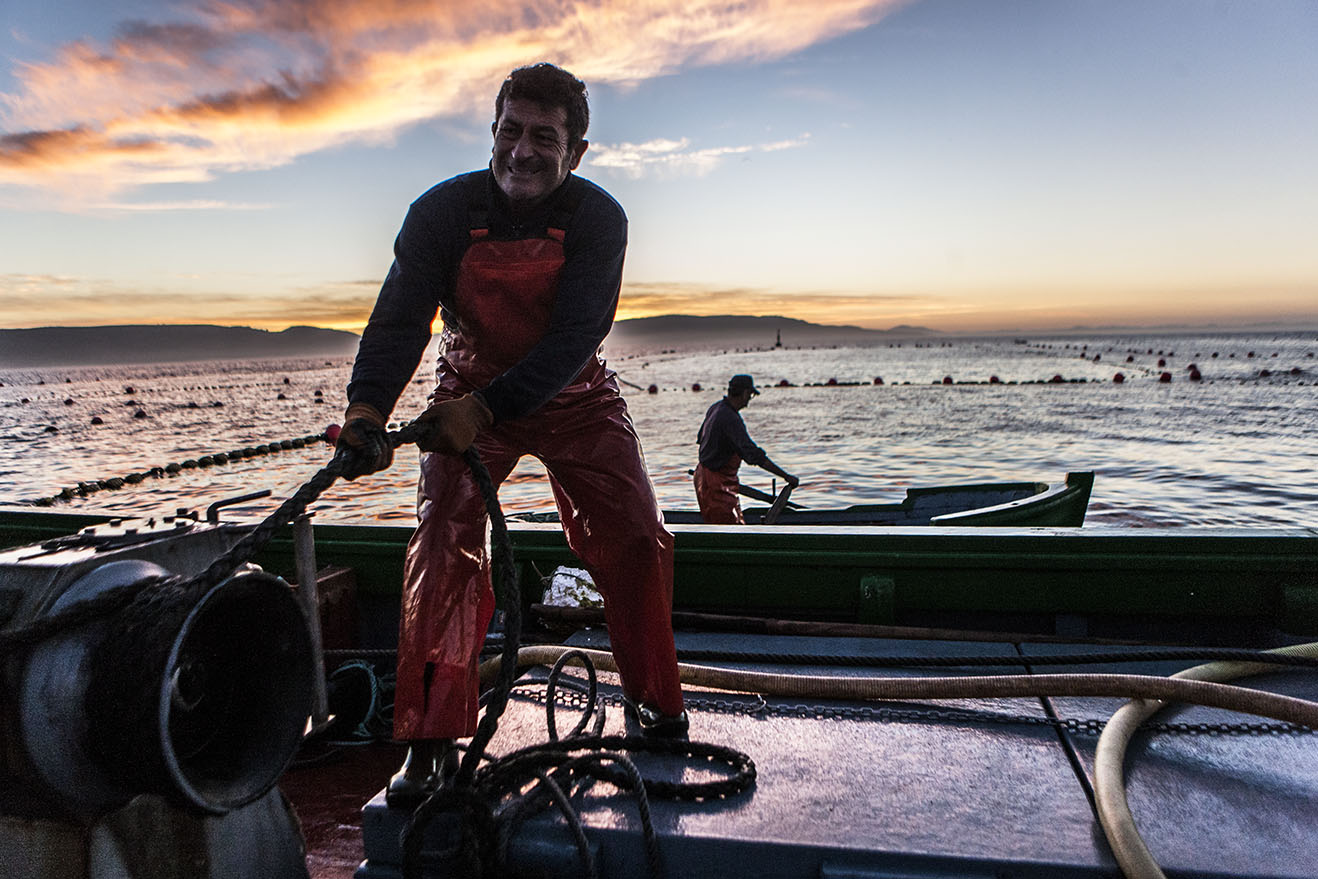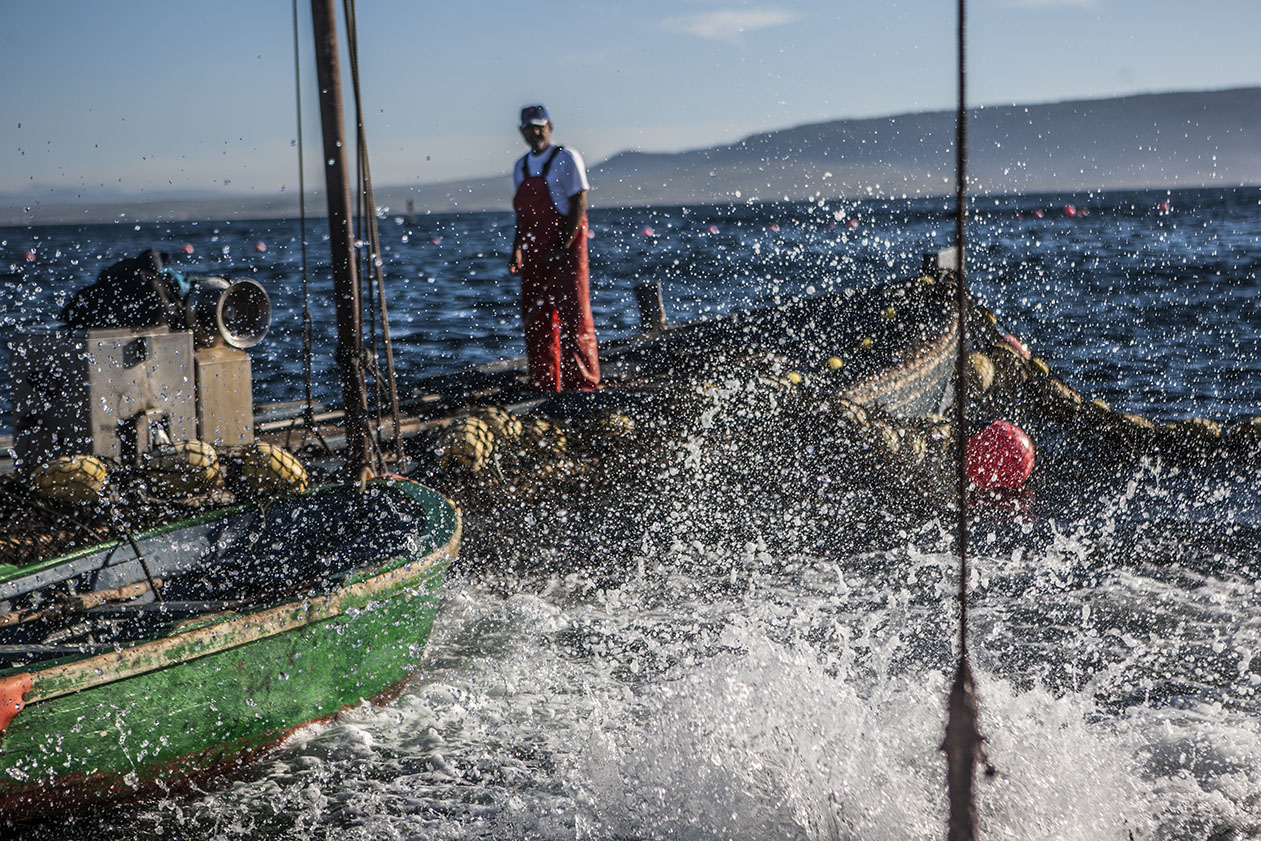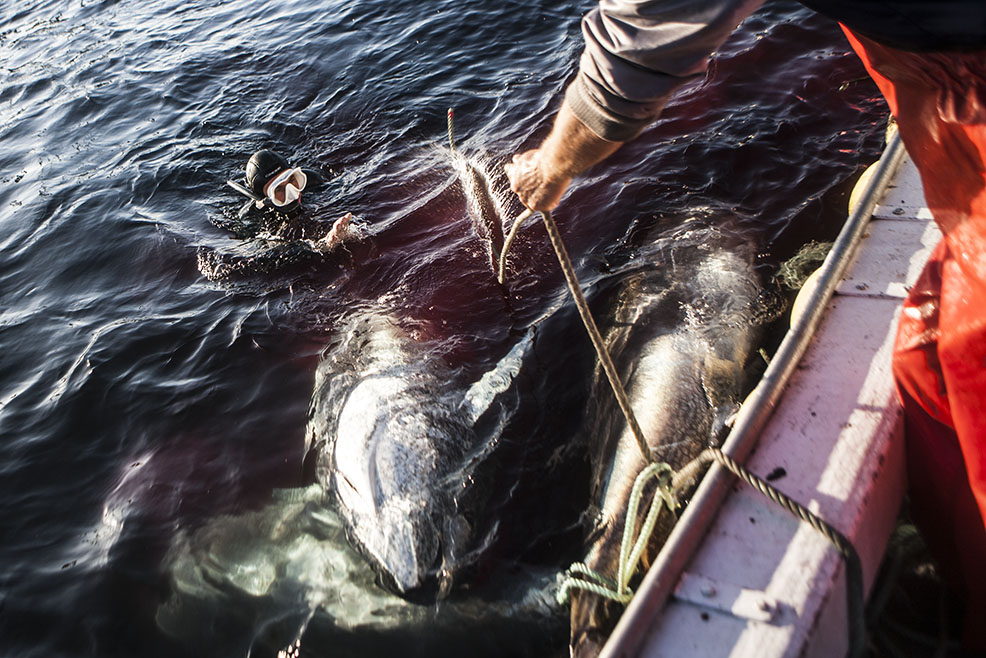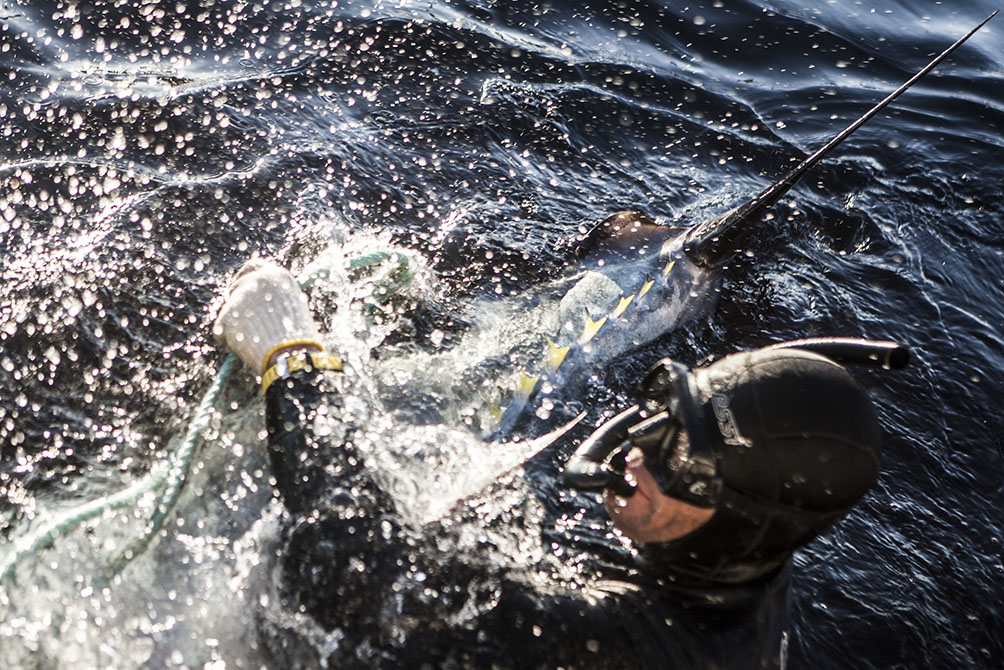The almadraba through japanese eyes
Summary:
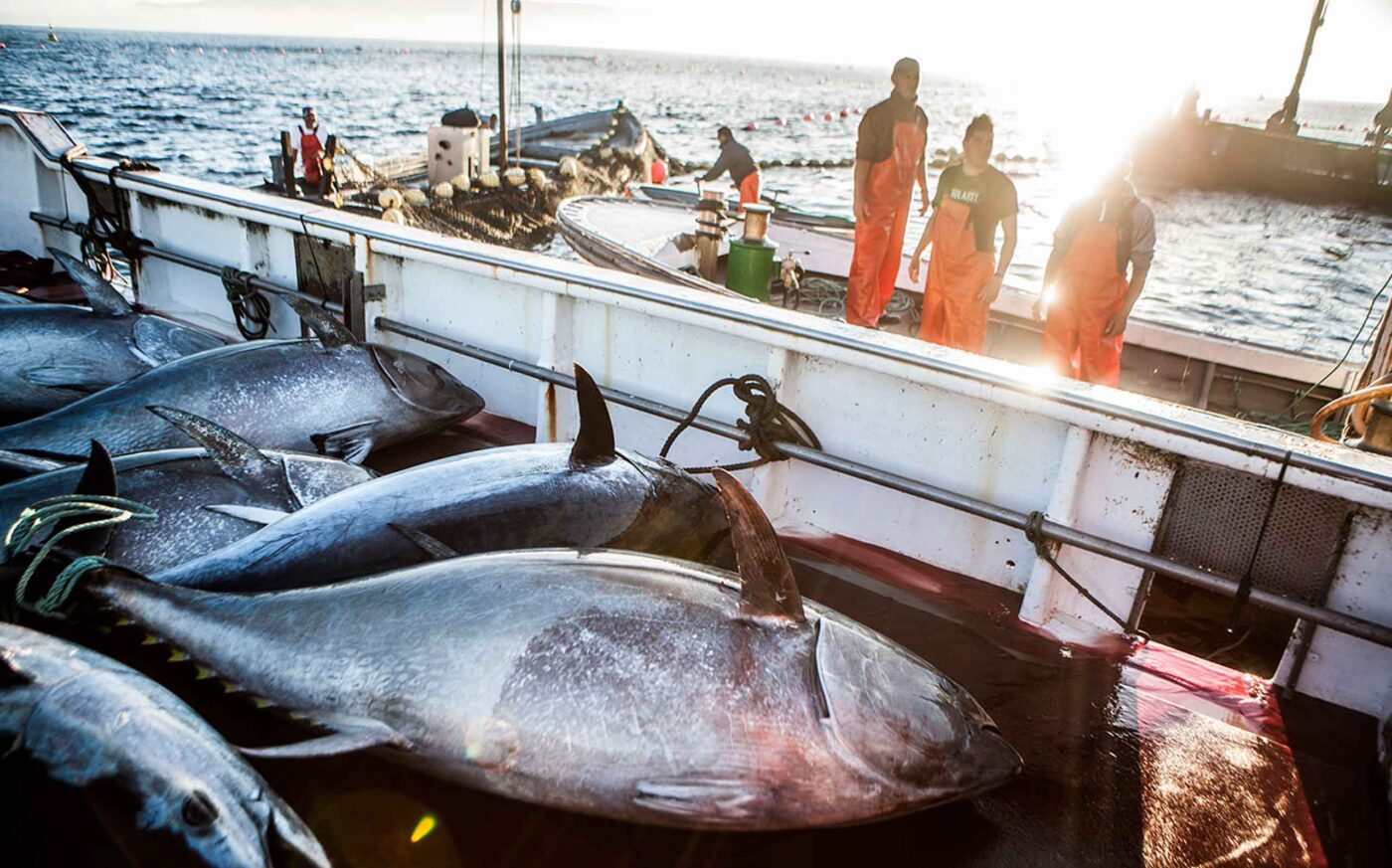
A logbook by Sensei Hiroshi Umi.
Today the easterly wind has chosen to treat us kindly. Almost like a caress. The morning lulls the sea, which has scarcely shaken off its slumbers, lending it an unusual and alarming docility. All is ready at the almadraba pound net in Barbate, a mile and a half from dry land, for the last day’s fishing of the season. Providence and destiny await this final levantá. At a signal from the captain of the fishing boat, just at the moment when the tides turn, the 30-metre deep net is slowly raised, like a vast, legendary, woven shroud emerging from the waters.
What is known as the copo of the net narrows, as the mariners sharpen their eyes and their muscles, eagerly awaiting some fevered action after months of waiting. The tension of the moment sets pulses racing, to the choreographic rhythms of a ritual dating back millennia. Many centuries ago, Phoenicians and Romans would also come to meet this great fish at these same latitudes. And perhaps they felt the same excitement as they plucked from the Mare Nostrum such a prized treasure, on its steadfast return to its marine spawning ground. Since the earliest of times, schools of tuna have gathered here like grains of sand in an hourglass laid on its side, dripping from West to East as they slip smoothly through the Strait of Gibraltar. So has it always been. And always will be.
Almadraba: the age-old and sustainable labyrinth of nets
Gently encircled by the boat, the bodies of these titans of the sea can be glimpsed, sparsely clad in a veil of water. They have reached the crossroads. Brine, foam, struggle, life and death. Through two kilometres of netted trickery with 400 anchors securing it to the seabed, the bluefin tuna falls into the trap of the pound net. After such great odysseys, dodging the jaws of the coastal killer whales, heading down through the North Atlantic in search of a spawning sanctuary and the warm depths of the Mediterranean where they were born, at last the shining, silvery tuna come into view, glistening in the early rays of sunlight off the coast of Barbate in a beautiful and entirely sustainable drama. Because just 0.1% of the tuna that pass through here perish in this labyrinthine trap. And the smallest of them escape through the nets, which have a mesh a metre wide.
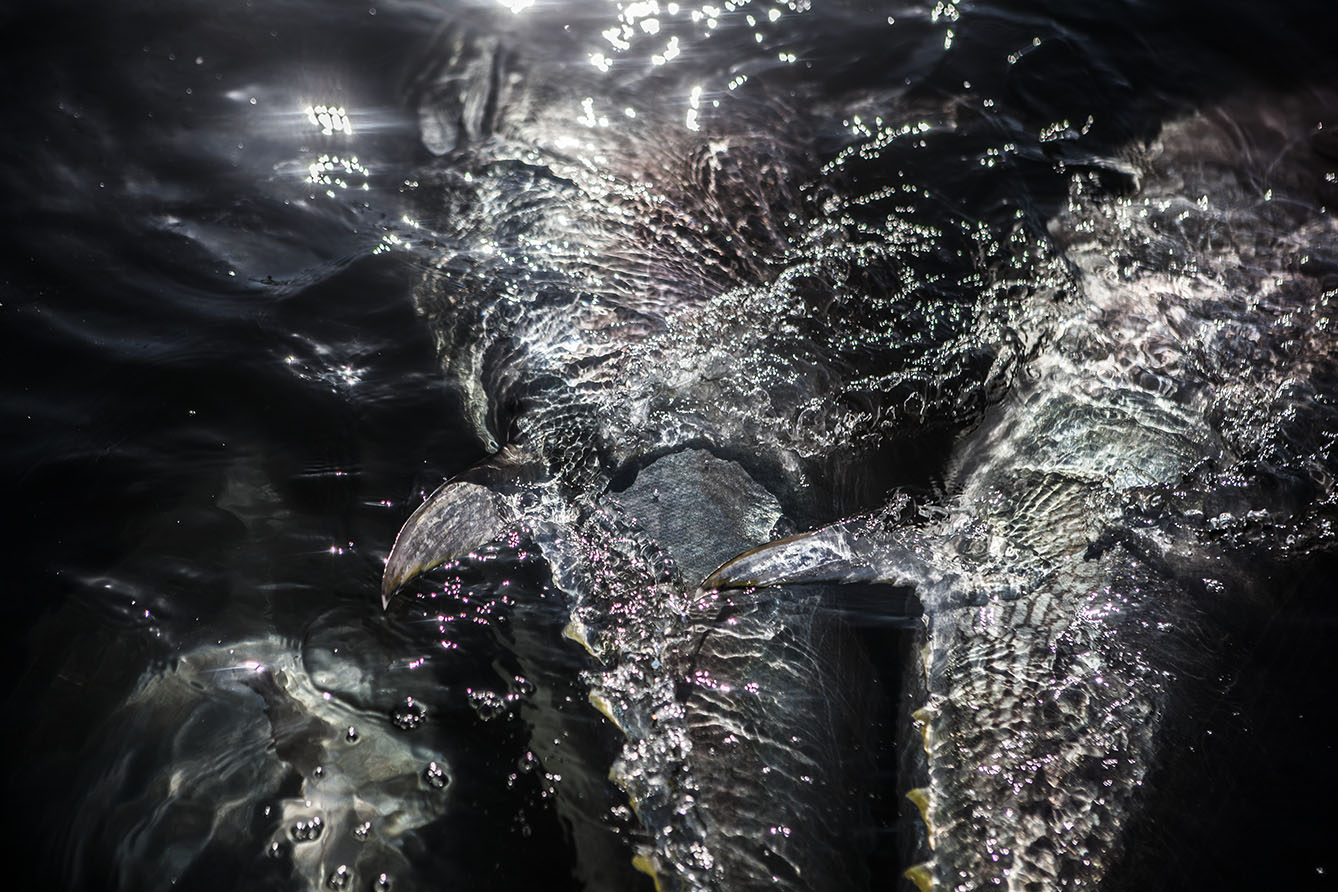
Equipped with luparas, a kind of underwater compressed air rifle, the divers deliver one fatal blow to each fish, with surgical precision. Beyond are the hooks, gaffs and pikes of the copejadores, who stand waist-deep in the water to lift the fish on board, in a bloody and intense spectacle, which strains the backbone and sprains the forearms. The tuna no longer whip their tails dangerously here in what is known as the rebotá. With a certain release in their heads, they await an instantaneous death which will prevent their succulent anatomy from acidifying, just as my Japanese compatriots order and decree. There is no stress. No agonising and damaging rigor mortis.
Hooked onto cranes, the fish are piled up in a hold of icy slush, free of the dreaded yake (an unwanted taste of burnt meat), and in just two hours they will be sliced up and deep-frozen, to depart for a date with the succulent market of the rising sun. There is also room for trade in fresh tuna, sold at an outstanding price to the finest restaurants along much of the coastline of Cadiz, as well as Spain’s other culinary landmarks.
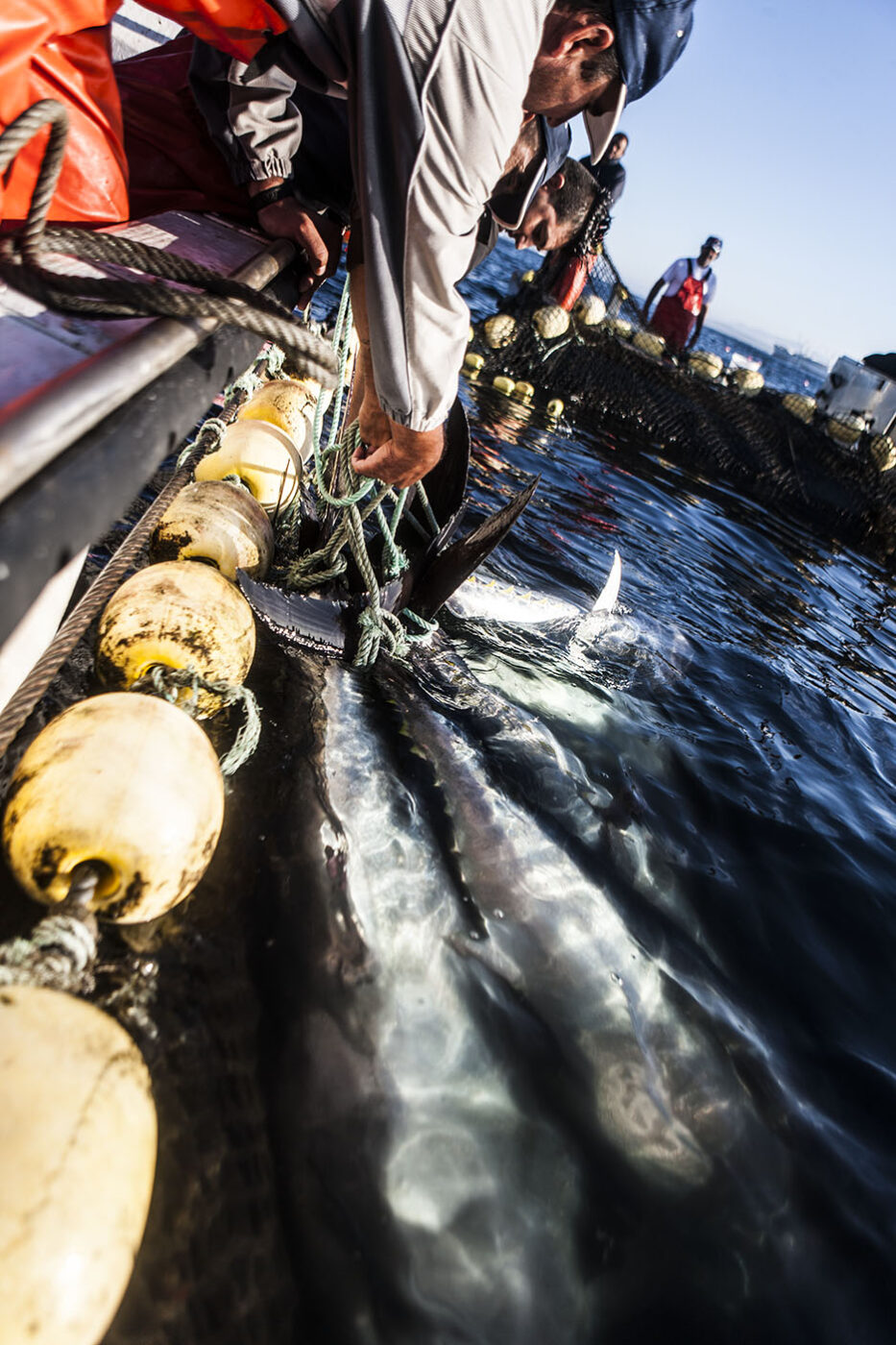
Gathering in the nets till next year
These days quality takes precedence over gargantuan numbers, but that has not always been the case. Between 1658 and 1670 as many as 80,000 tuna were caught in these waters off Barbate, according to the records in the Diarios de Almadraba, which now reside in the library of the House of the Duchy of Medina Sidonia, former owners of a fishing and salting business. This year Fuentes finished each day with an average of between 70 and 100 tuna per levantá. Any further specimens remaining in the net are left for the next day.
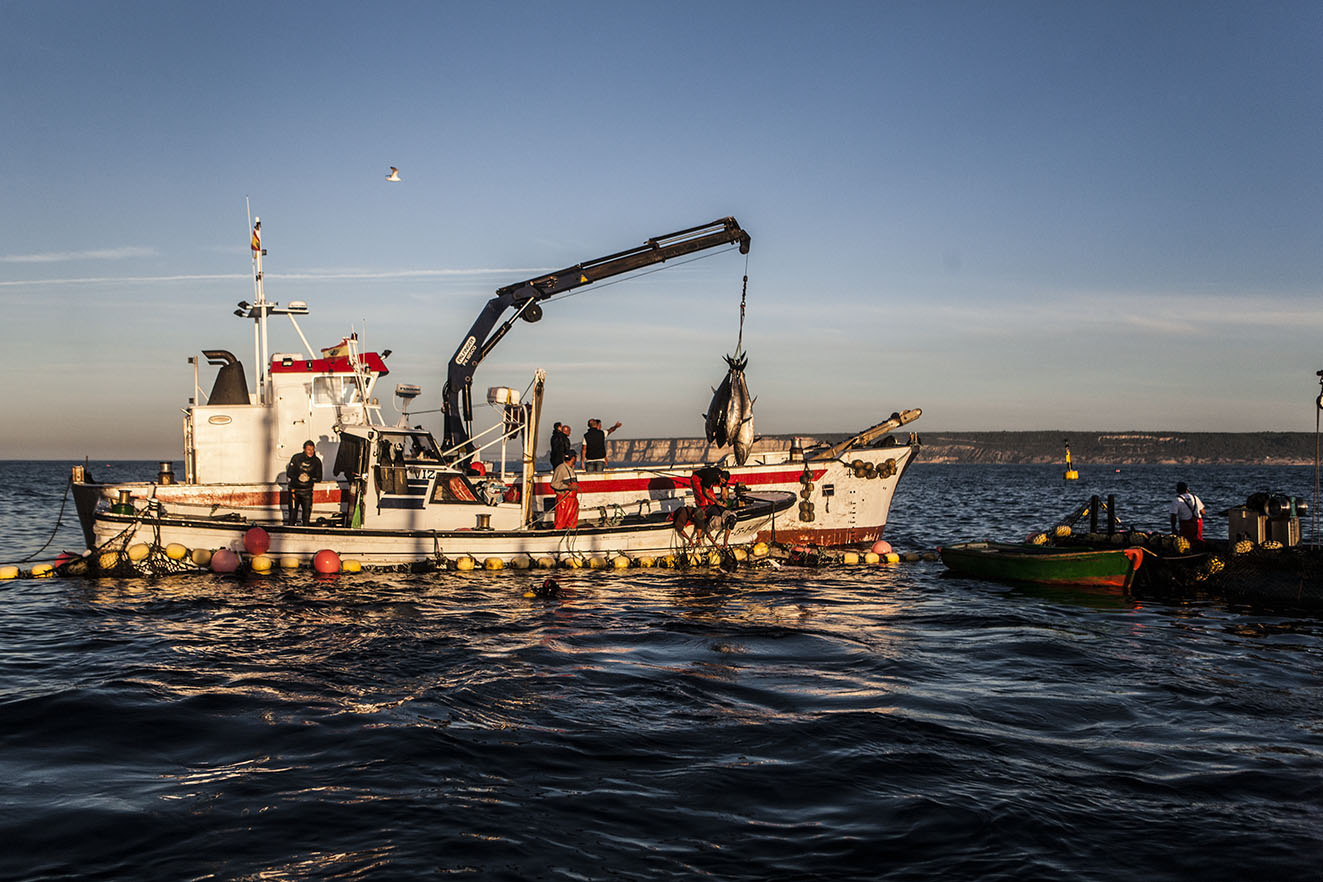
The closure of one almadraba means the opening of others. This week fishing begins in Morocco, while the same endeavour continues in southern Portugal. The Barbate almadraba closed the 2021 season with an account of 800 tonnes. This is where Fuentes’ outstanding Cadiz bluefin tuna comes from. It is now time to weigh the anchor, bringing in the nets to be ready for next season. Time for the caulkers and carpenters to do their work on shore, hammering nails and rivets to mend the feluccas. These wooden boats are the chosen vessel of the almadraba fishermen. Paradoxically, fibreglass craft are less stable in the water. Some things are best left forever unchanged…
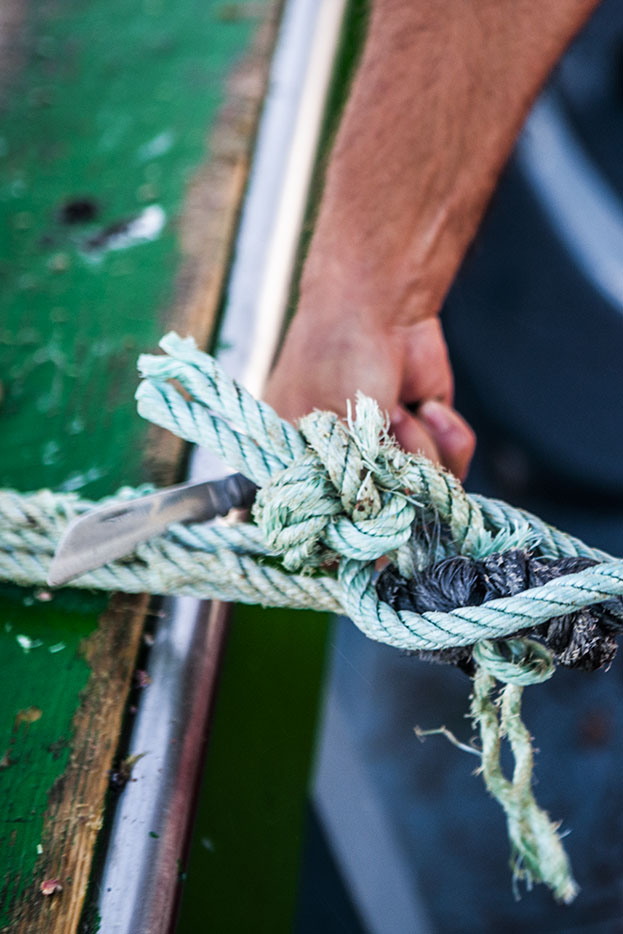
Diving into the fishing records of the land where I was born, no historian can say for certain when tuna were first caught in Japan, but it was no more than five centuries ago. There were never such almadraba nets specialising in the colossus of the sea, and it was in the 1970s when my compatriots discovered the wonderful fishing grounds of this narrow alleyway where the Rock of Gibraltar and Monte Hacho almost touch. Spain and Japan, united by the umbilical cord of the Strait. May Neptune or the relevant deity bless these resolute folk in their mass gathering with the bluefin tuna.
THE END
